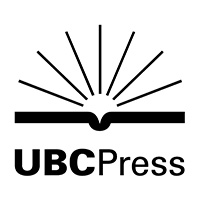University of British Columbia Press
Restoration of the Great Lakes
Promises, Practices, and Performances
9780774808712
Distributed for University of British Columbia Press
Restoration of the Great Lakes
Promises, Practices, and Performances
The Great Lakes of North America are one of the world’s most important natural resources. The source of vast quantities of fish, shipping lanes, hydroelectric energy, and usable water, they are also increasingly the site of severe environmental degradation and resource contamination. This study analyzes how well governments and other stakeholders are addressing this critical problem. Using original findings from surveys, interviews, and other documents, Mark Sproule-Jones looks at how various levels of government are attempting to restore the environment in the Great Lakes. He examines successes and failures and identifies the kinds of institutions that promote sound decision making, concluding that bureaucracies charged with constructing these institutions often overlook key design principles.
Table of Contents
Figures and Tables
Acknowledgments
Acronyms
1. Introduction
2. History of the Key Uses of the Great Lakes
3. Institutions and Rules for the Environment of the Great Lakes
4. Common Pools and Multiple Uses
5. From Common Property to the Institutional Analysis of Remedial Action Plans
6. Patterns of Behaviour
7. Conclusion: Promises and Performances
Appendices
References
Index

